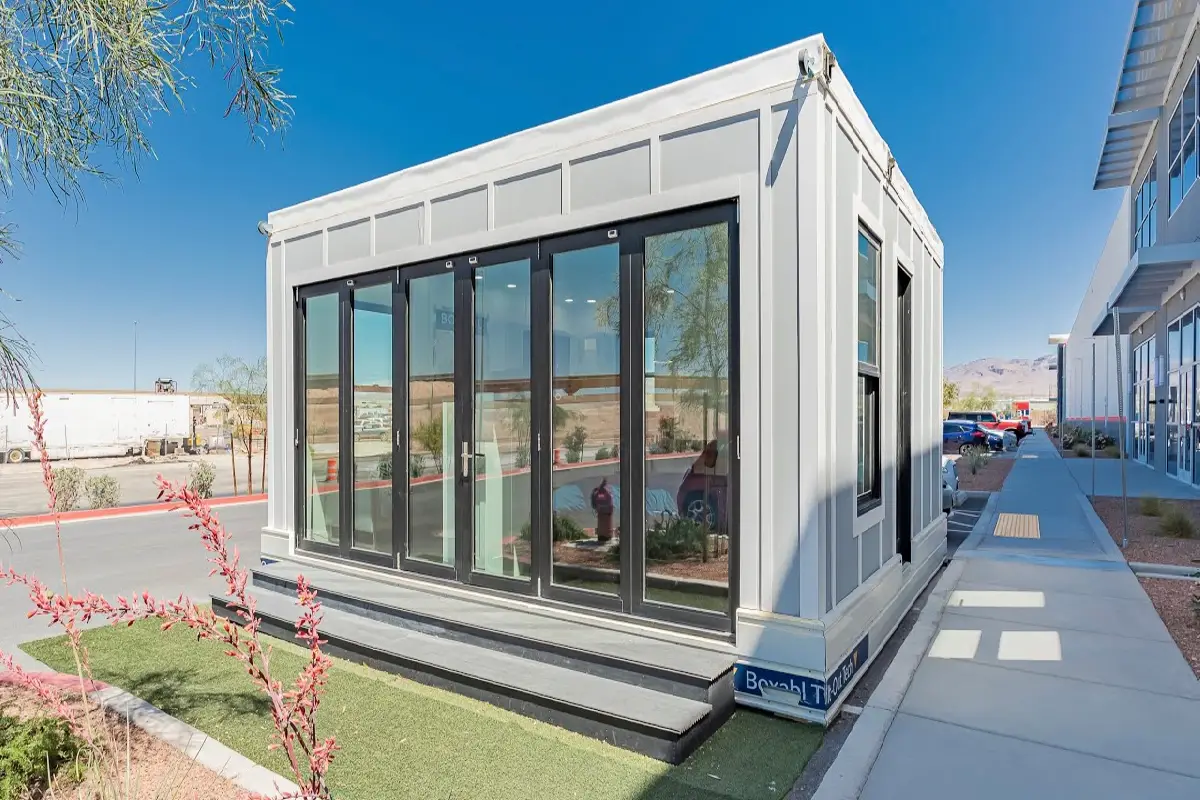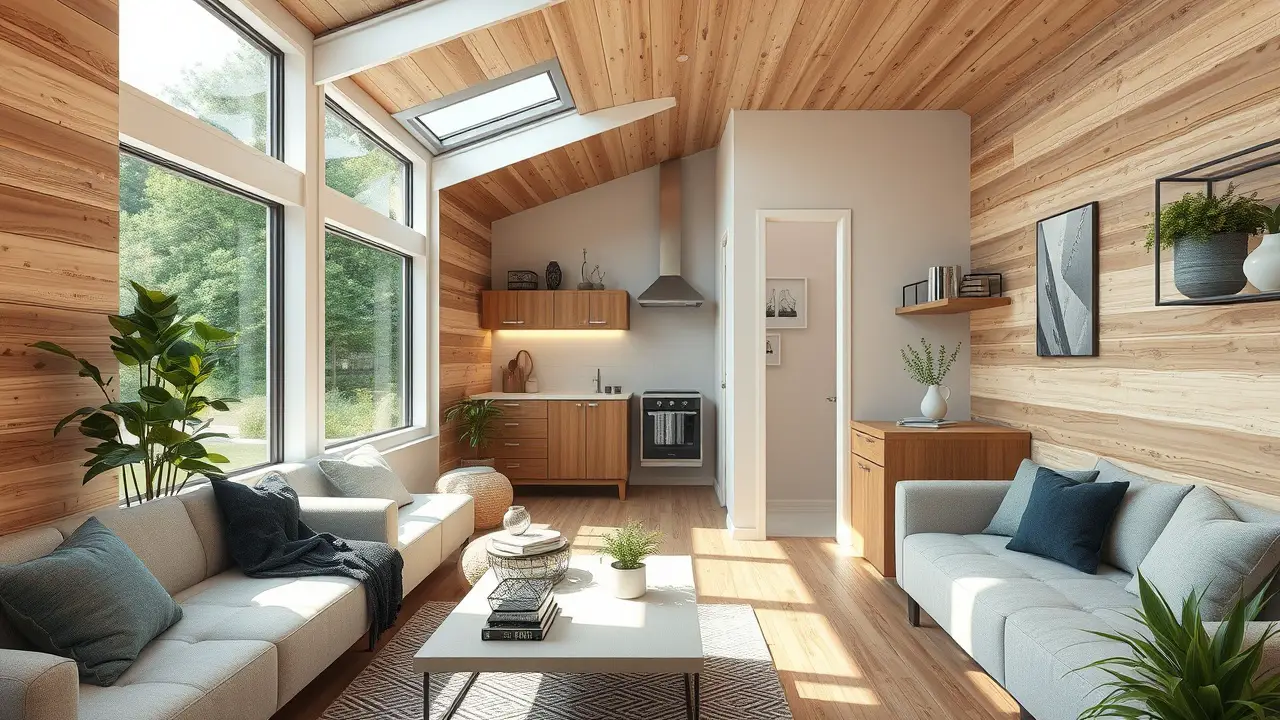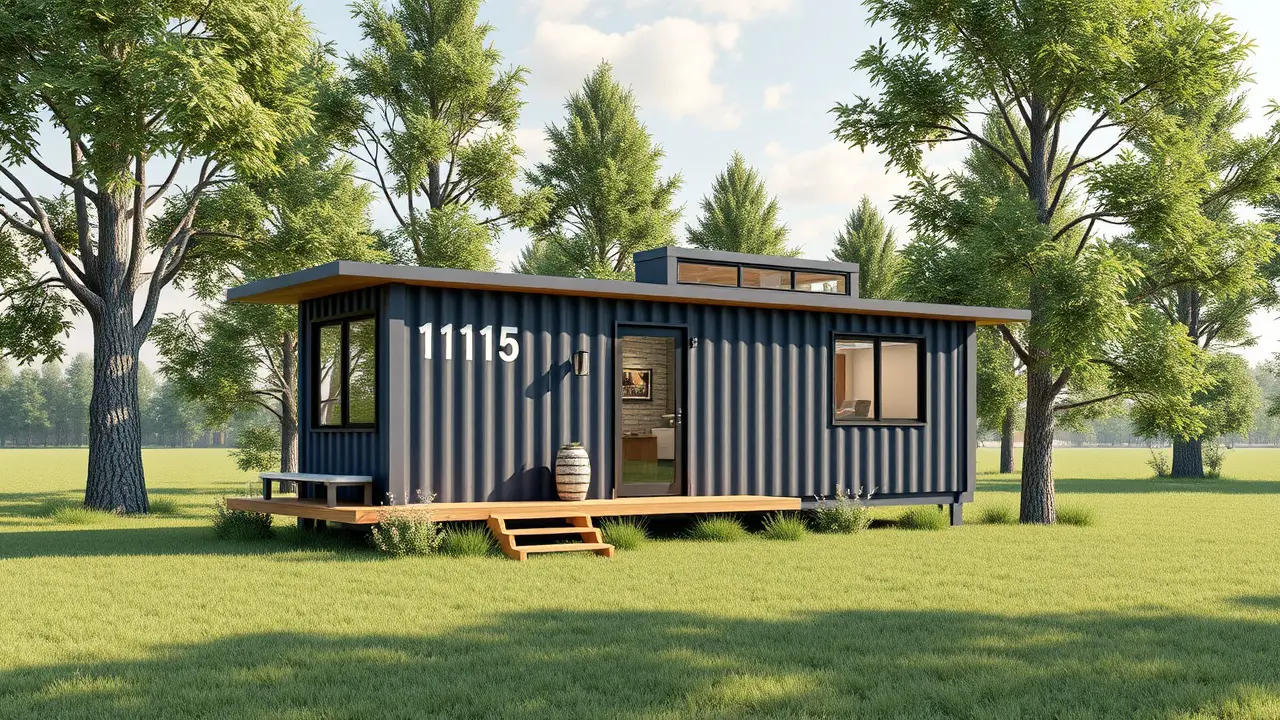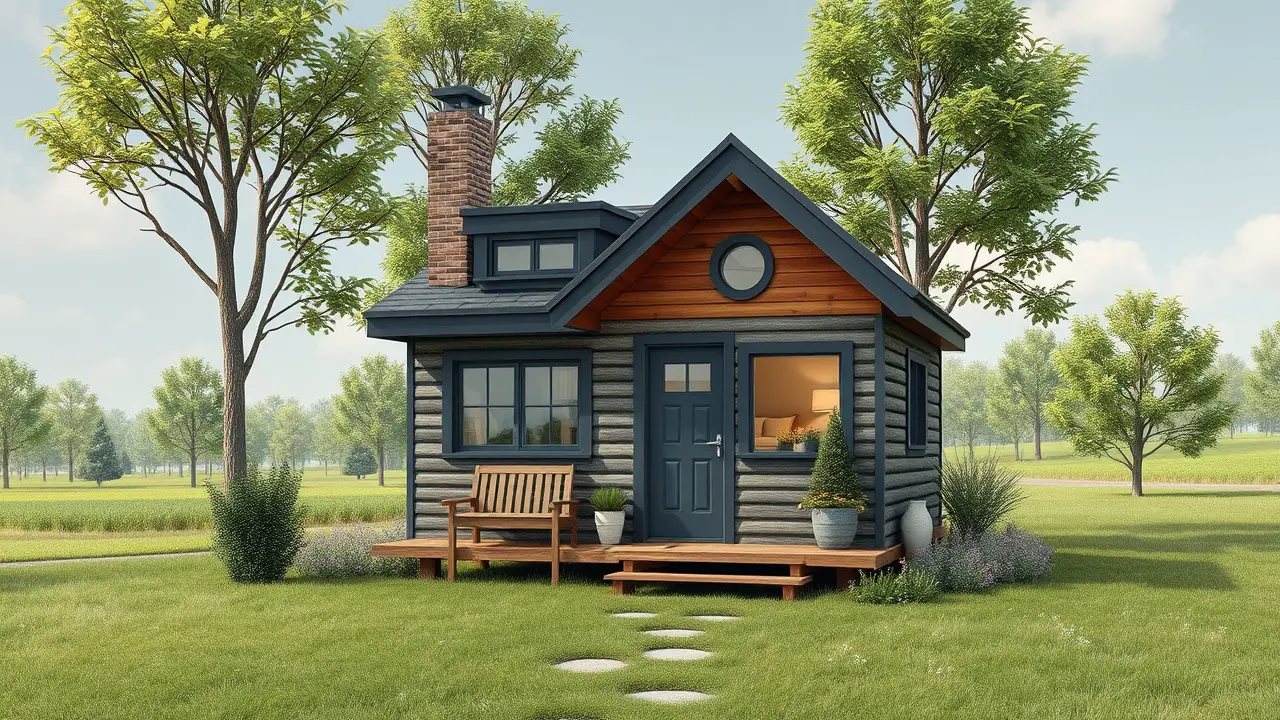Imagine finding your dream home at a fraction of the cost. What is the estimated cost to build a tiny home? A cozy space that perfectly fits your needs, without breaking the bank.
Estimated cost to build a tiny home is between $5000 to $50,000 depending on the design, size and style. Tiny homes are fast growing and cheap to build.
Contents
That’s the allure of tiny homes – compact, efficient dwellings that offer an affordable housing alternative.
Tiny homes will be the best housing option for many because of how cheap it is to acquired.
But how much does it actually cost to build one? Well, that’s where things get interesting.
To be honest with you it’s all depend on style and design as I mentioned ealier. But between $5000 and $50,000.
The estimated cost to build a tiny home can vary significantly depending on several factors.
From the size of the home and foundation costs to the availability of pre-fabricated home kits or hiring builders, every decision affects your project’s budget.
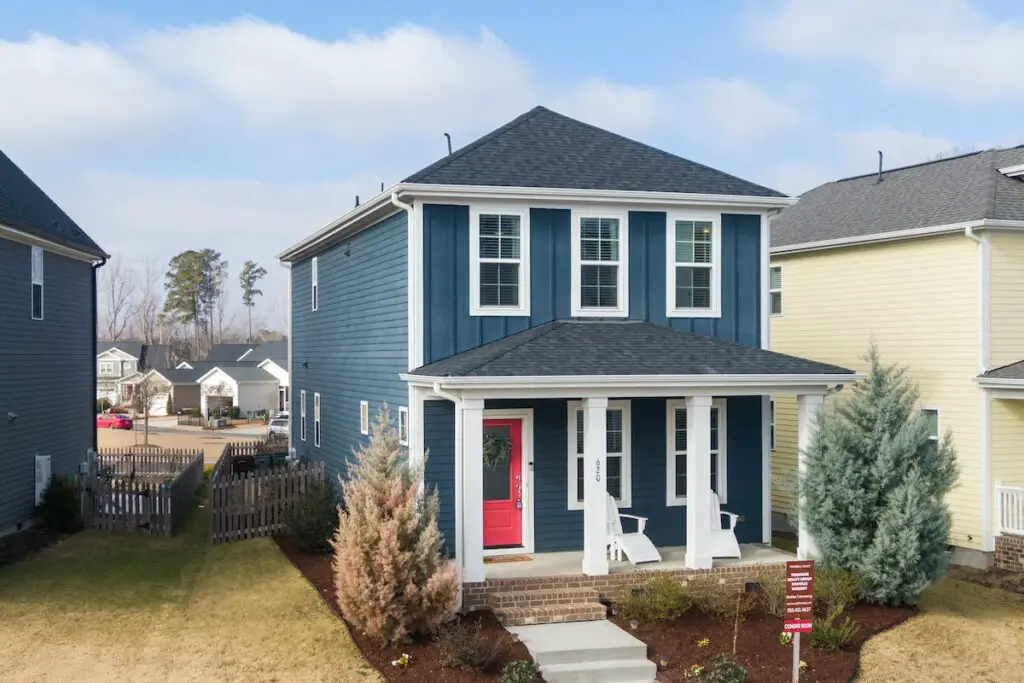
Estimated Cost To Build A Tiny Home
Building a tiny home can be an affordable alternative to traditional housing, but how much does it really cost?
Let’s break down the estimated cost to build a tiny home.
Average Costs
The average cost to build a tiny home typically falls within the range of $20,000 to $100,000.
However, keep in mind that this is just an estimate and the actual price can vary depending on several factors.
Size, Materials, and Location
The size of your tiny home, the materials used, and its location all play a significant role in determining the overall cost.
Larger homes will naturally require more materials and labor, which can drive up expenses.
Similarly, using high-end materials or opting for eco-friendly features may also increase costs.
Where you choose to build your tiny home can impact the price due to variations in land prices and local building regulations.
DIY Construction vs Hiring Professionals
If you’re handy with tools and have some construction experience under your belt, opting for a do-it-yourself (DIY) approach can significantly reduce expenses.
By taking on tasks such as framing, electrical work, plumbing, and interior finishing yourself or with the help of friends/family members who are skilled in these areas, you can save money on labor costs.
However, if you don’t have the necessary skills or time to tackle a DIY project of this magnitude, hiring professionals will be necessary.
While this may increase costs upfront due to labor fees, it ensures that your tiny home is built safely and up to code.
Creating a Detailed Budget Plan
To get an accurate estimation of your tiny home’s cost before diving into the project headfirst, it’s crucial to create a detailed budget plan.
Estimated cost to build a tiny home. Consider all possible expenses such as permits and inspections fees along with material costs.
Research prices for different building materials and appliances to get an idea of what fits within your budget.
By having a comprehensive plan in place, you can avoid unexpected financial surprises along the way.
Still want to know the estimated cost to build a tiny home? Then read on…..
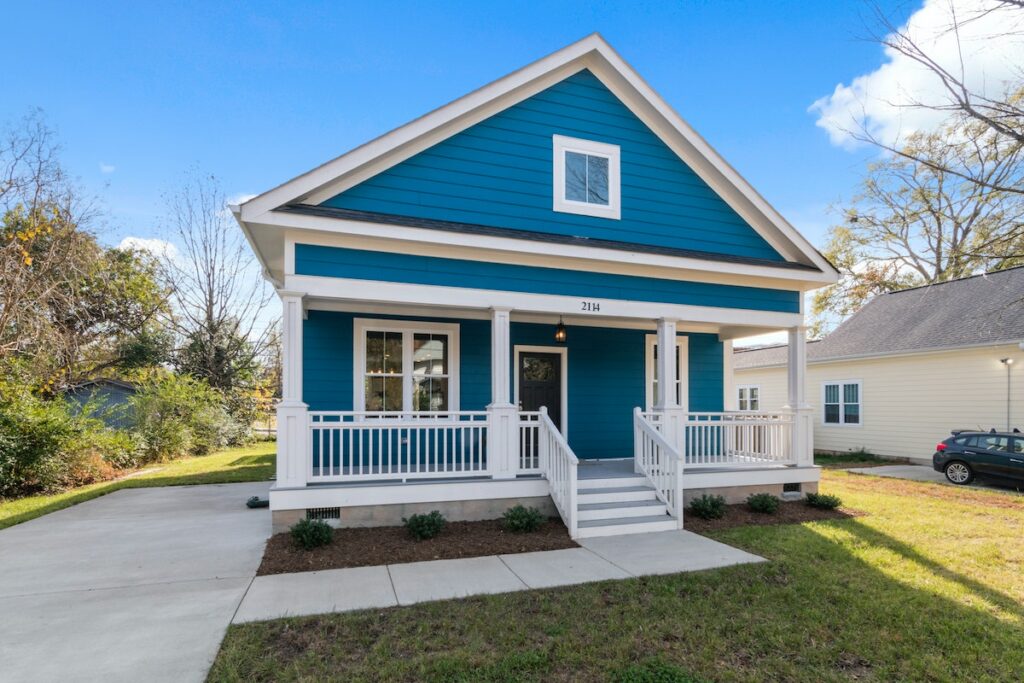
Factors Affecting the Cost of Building a Tiny House
Several factors can influence the overall cost. Let’s explore these factors in more detail:
Size and Layout Impact
The size and layout of a tiny house have a significant impact on its total cost. Generally, the larger the house, the higher the cost.
Complex layouts with multiple rooms or unique designs may require more materials and labor, further increasing expenses.
Material Choices Matter
The choice of materials for constructing a tiny house not only affects its price but also its durability.
Opting for high-quality materials may come at a higher initial cost but can lead to long-term savings by reducing maintenance and repair expenses.
On the other hand, choosing cheaper materials could result in lower upfront costs but may require frequent repairs or replacements down the line.
Additional Features Add Up
Adding extra features to your tiny house can significantly impact its final cost.
For instance, installing solar panels for renewable energy or opting for custom appliances can increase expenses substantially.
While these additions offer benefits like energy efficiency and personalization, they should be considered carefully within your budget constraints.
Labor Costs Vary
Labor costs are another crucial factor to consider when estimating the total cost of building a tiny house.
Hiring professionals to handle construction tasks will likely incur higher labor charges compared to taking on do-it-yourself (DIY) projects.
DIY enthusiasts may save money on labor costs but should be prepared for potential challenges and time commitments associated with self-building.
By considering these factors – size and layout, material choices, additional features, and labor costs – you can get a better understanding of how they collectively influence the estimated cost of building your dream tiny home.

Comparing the Affordability of Custom vs. Prefab Tiny Homes
Custom-built tiny homes offer the advantage of personalized design, allowing you to create a space that perfectly suits your needs and preferences.
However, it’s important to note that custom homes tend to be more expensive than prefab options.
Is the estimated cost to build a tiny home same as prefab homes? Yes very similar!
Prefab tiny homes, on the other hand, provide a more affordable alternative with quicker construction times.
These homes are manufactured off-site and then transported to your desired location for assembly.
While customization options may be limited compared to custom builds, prefab models can still meet specific needs.
When deciding between custom or prefab, it’s crucial to weigh personal preferences against budget constraints. Here are some key factors to consider:
Pricing:
- Custom-built tiny homes often require hiring professional builders and purchasing materials separately, which can drive up costs.
- Prefab kits come at a fixed price and include most of the necessary components for construction.
Time:
- Building a custom home typically takes longer due to the design process and coordination with contractors.
- Prefab homes offer faster construction times since many components are pre-made.
Features:
- Custom builds allow for greater flexibility in choosing specific features and materials.
- Prefab models may have standard features but can still offer basic amenities like plumbing and electricity.
Quality:
- Custom-built tiny homes generally use higher quality materials since you have control over their selection.
- Prefab homes vary in quality depending on the manufacturer, so thorough research is essential.
Resale Value:
- Custom-built tiny homes may have higher resale value due to their unique design and craftsmanship.
- Prefab models might have lower resale value but can still attract buyers looking for affordable housing options.
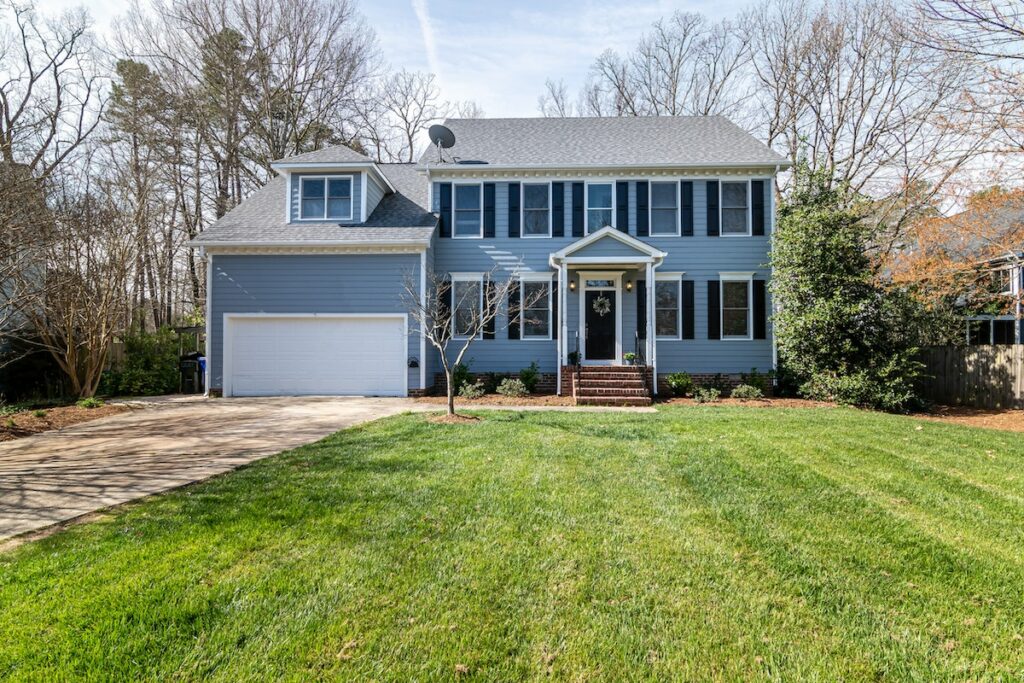
Exploring Affordable Locations for Building a Tiny Home
If you’re considering building a tiny home, finding an affordable location is crucial. And having the estimated cost to build a tiny home can really help.
Let’s explore some factors to consider when searching for the perfect spot to build your tiny dream house.
Rural Areas: Lower Land Prices
Rural areas often offer lower land prices, making them attractive options for building a tiny home.
These areas typically have more space and fewer zoning restrictions, allowing for greater flexibility in constructing your small abode.
Living in a rural area can provide a peaceful and serene environment that many people desire.
Zoning Regulations: Tiny Houses on Wheels (THOW)
Some cities have zoning regulations that accommodate tiny houses on wheels (THOW).
These regulations allow you to park your tiny home on designated lots or even rent space in existing communities specifically designed for tiny homes.
This option provides mobility and the opportunity to experience different neighborhoods without the commitment of purchasing land.
Research Local Building Codes and Restrictions
Before settling on a location, it’s essential to research local building codes and restrictions.
Each area may have specific requirements regarding minimum square footage, utility connections, or permits needed for construction.
By understanding these regulations upfront, you can avoid potential setbacks or costly modifications later on.
Proximity to Amenities and Accessibility
When selecting an affordable location for your tiny home, consider proximity to amenities and accessibility.
Look for areas with nearby grocery stores, healthcare facilities, schools, and recreational activities that align with your lifestyle preferences.
Assess transportation options such as public transit or major highways to ensure convenient access to work or other destinations.
By exploring rural areas with lower land prices, researching local zoning regulations and building codes while considering proximity to amenities and accessibility needs.
You can find an affordable location ideal for building your dream tiny home.

Understanding the Cost of Tiny Houses on Wheels (THOW)
Tiny houses on wheels, also known as THOWs, offer the advantage of mobility and flexibility.
However, it’s important to note that they can be more expensive compared to stationary tiny homes.
When considering the estimated cost to build a tiny home on wheels, there are several factors to take into account.
Construction Costs
Building a THOW involves various expenses related to construction.
These include materials, labor, and any customization or unique features you want to incorporate into your tiny home.
It’s essential to have a clear plan in place and work with experienced professionals who understand the specific requirements of building a structure on wheels.
Trailer Costs
Since a THOW is essentially a vehicle, one of the significant costs involved is purchasing or constructing a suitable trailer.
The trailer serves as the foundation for your tiny home and must meet certain standards for weight-bearing capacity and structural integrity.
It’s crucial to choose a reliable trailer that meets all safety regulations.
Utilities and Additional Features
In addition to construction and trailer costs, you’ll need to consider utilities such as electricity, plumbing, heating, and cooling systems for your THOW.
These may require specialized installation due to limited space availability.
Furthermore, additional features like solar panels or composting toilets can add extra expenses but may provide long-term cost savings.
Compliance with Road Regulations
Building a THOW requires careful planning and adherence to road regulations. You must ensure that your tiny home meets size restrictions for transportation purposes.
This includes height limitations imposed by overhead bridges or tunnels and width restrictions determined by road lanes.
Maintenance Costs
Maintenance costs for THOWs may differ from those of stationary tiny homes since they are constantly moving vehicles subjected to wear and tear on the road.
Regular maintenance checks should be conducted on both the living space inside the vehicle as well as its mechanical components.
To summarize, when estimating the cost of building a tiny home on wheels.
It’s important to consider construction costs, trailer expenses, utilities and additional features, compliance with road regulations, and ongoing maintenance.
By carefully considering these factors and budgeting accordingly, you can plan for the total cost of your THOW project.
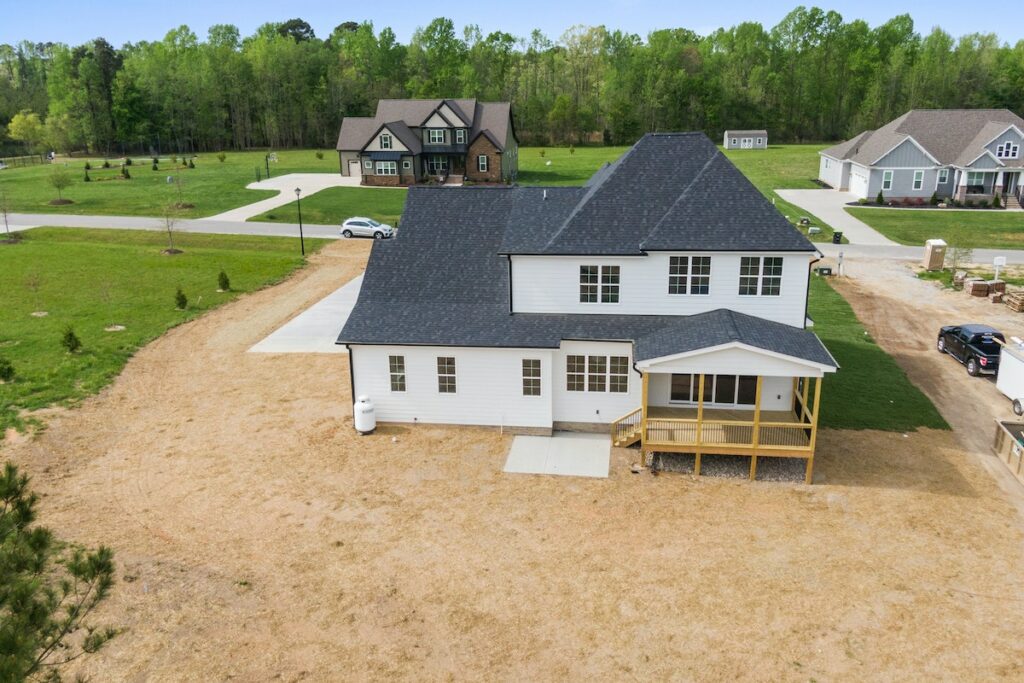
Legal Considerations: Living in a Tiny House and Buying Land
Living in a tiny house may seem like an appealing and cost-effective option, but before you jump into it headfirst, there are some legal considerations to keep in mind.
Zoning laws and building codes vary from one location to another, which can greatly impact the legality of tiny homes.
Some areas allow them as accessory dwelling units (ADUs) or on specific properties designated for alternative housing options.
However, other places may have stricter regulations that make it challenging to find suitable living space for your tiny home.
To ensure you’re on the right side of the law, it’s crucial to research local zoning regulations and building codes before purchasing land for your tiny home.
Understanding these rules will help you determine whether you can legally place your tiny house on a particular property.
Consulting with legal professionals who specialize in real estate can provide valuable guidance when navigating the legal considerations associated with tiny homes.
They can help you understand local regulations and advise you on the steps needed to make your dream of living in a tiny house a reality.
While there are certainly benefits to living in a tiny house, such as reduced property taxes and lower maintenance costs compared to traditional houses.
It’s essential to consider the potential challenges as well. These may include:
- Limited parking options for your tiny home.
- The need for proper safety measures to meet building code requirements.
- Potential limitations on financing options due to unconventional dwellings.
- The importance of hiring a land surveyor before purchasing land.
By thoroughly understanding the legal considerations involved in living in a tiny house and buying land.
You’ll be better equipped to navigate through any obstacles that may arise along the way.
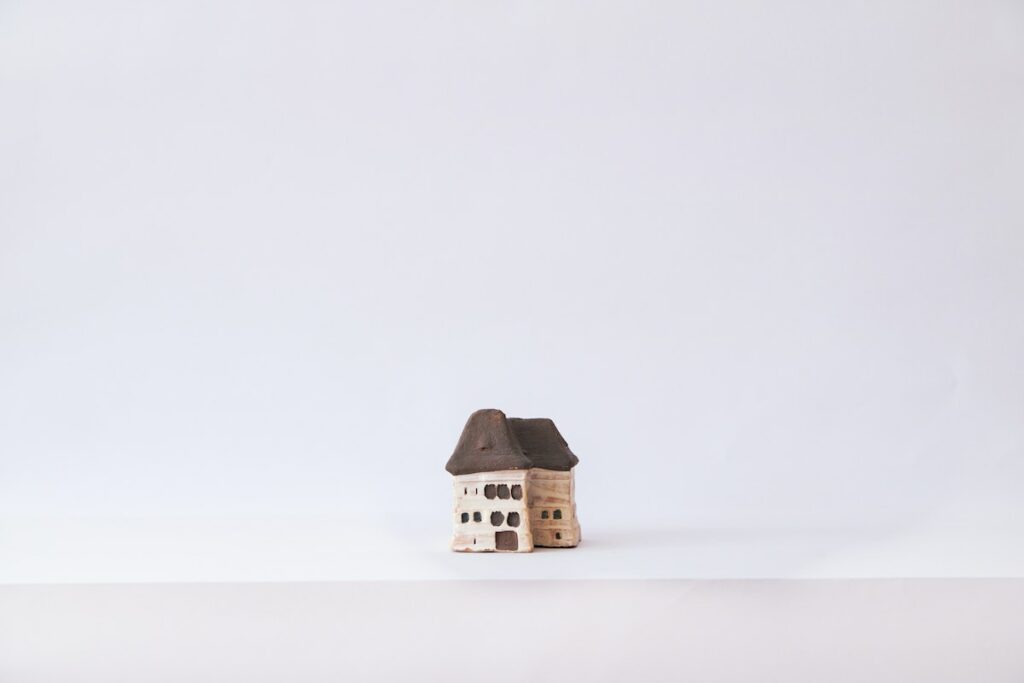
Key Takeaways on the Estimated Cost to Build a Tiny Home
The estimated cost of building a tiny home can vary depending on several factors. These include the size of the home, the materials used, and its location.
- Size: The larger the tiny home, the higher the cost will generally be. More square footage means more materials and potentially increased utility costs.
- Materials: The choice of materials can greatly impact the overall cost. Opting for high-end finishes and appliances will increase expenses, while using reclaimed or recycled materials can help save money.
- Location: Where you choose to build your tiny home also plays a role in cost estimation. Affordable locations may include rural areas with lower land prices or cities with accommodating zoning regulations.
DIY vs Professional Construction
One way to reduce costs is by taking a do-it-yourself (DIY) approach to construction rather than hiring professionals.
- DIY Construction: Building your own tiny home allows you to save on labor costs. However, it requires time, effort, and some level of construction knowledge.
- Hiring Professionals: If you lack construction skills or prefer a faster process, hiring professionals can ensure quality work but will increase expenses.
Custom-Built vs Prefab Options
When considering building a tiny home, you have two main options: custom-built or prefab homes.
- Custom-Built Homes: Custom-built homes offer greater personalization and flexibility in design but tend to be pricier due to their unique nature.
- Prefab Homes: Prefabricated homes are pre-designed and built off-site before being transported to your desired location. They often come at a lower price point but may have limited customization options.
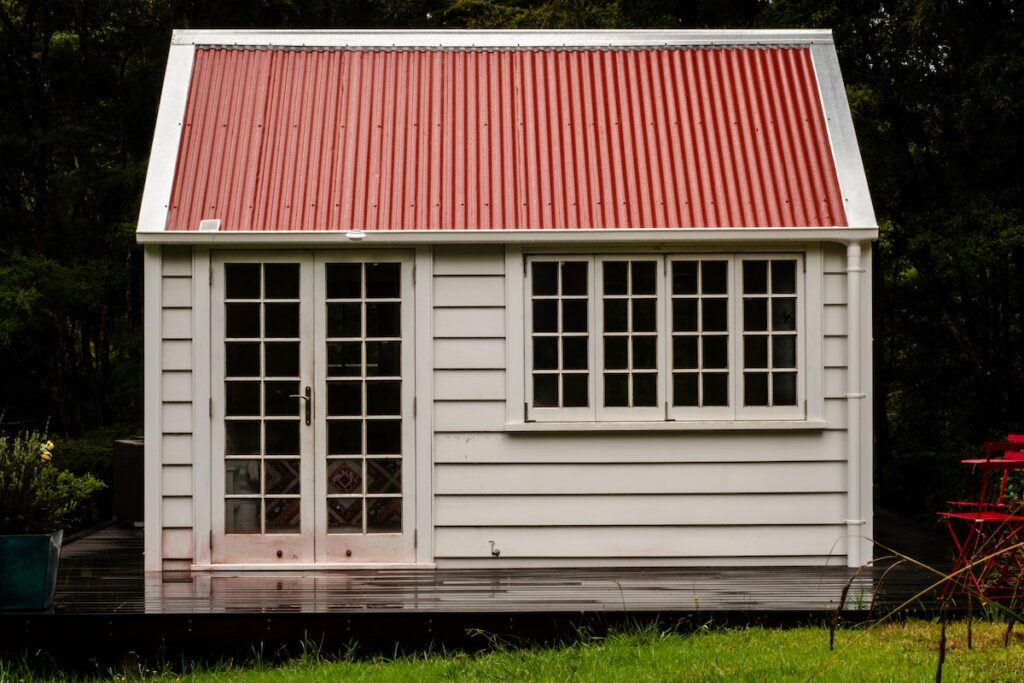
Conclusion
What is the estimated cost to build a tiny home? Congratulations! You’ve now gained valuable insights into the estimated cost of building a tiny home.
By understanding the various factors that affect the overall expense, Such as size, materials, location, and customization options, you can make informed decisions throughout your tiny house journey.
Whether you opt for a custom or prefab tiny home, it’s crucial to consider your budget and prioritize your needs.
Remember, building a tiny home is not just about affordability; it’s also an opportunity to embrace a minimalist lifestyle and create a space that truly reflects your personality.
Now that you have a clearer picture of the estimated cost to build a tiny home, it’s time to take action! Start by revisiting your budget and exploring financing options if needed.
Connect with other tiny homeowners or join online communities to gain further insights from their experiences. Don’t be afraid to think outside the box.
With determination and creativity, you can turn your dream of living in a cozy and sustainable space into reality.
FAQs
1. What is the estimated cost to build a tiny home?
Estimated cost to build a tiny home can be between $5000 to $50,000 depending on size, style and design, overall tiny homes or houses are cheaper to build.
2. How long does it typically take to build a tiny home?
Building times can vary depending on several factors such as complexity of design, availability of materials, and level of customization. On average, constructing a tiny home may take anywhere from several weeks to several months.
3. Can I build my own tiny home without any previous construction experience?
While prior construction experience can certainly be helpful when building a tiny home, it is not necessarily required. Many people successfully construct their own homes by utilizing available resources like online tutorials, workshops, and guidance from experienced builders.
4. Are there any legal restrictions on living in a tiny house?
The legality of living in a tiny house varies between different jurisdictions. It’s important to research local zoning laws and building codes before settling down in your chosen location. Some areas may have specific regulations regarding minimum square footage, parking requirements, and permitted land usage.
5. Can I move my tiny house once it’s built?
If your tiny home is built on wheels (THOW), you will have the flexibility to move it to different locations. However, if your tiny home is built on a foundation, relocating it may be more challenging and require additional permits and expenses.
6. What are some alternative options for financing a tiny home?
Apart from traditional mortgage loans, there are alternative financing options available for building a tiny home. These include personal loans, RV loans, crowdfunding campaigns, and even using savings or retirement funds. It’s essential to explore various options and choose the one that best suits your financial situation and goals.

